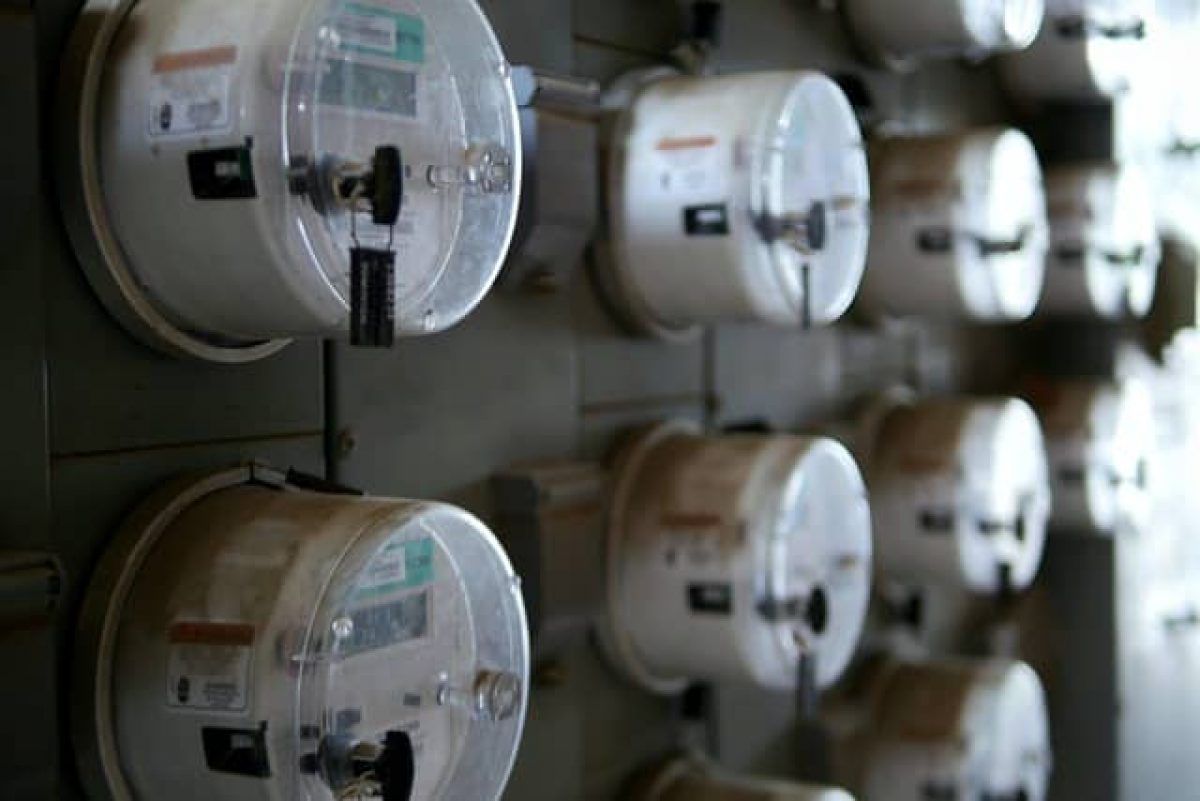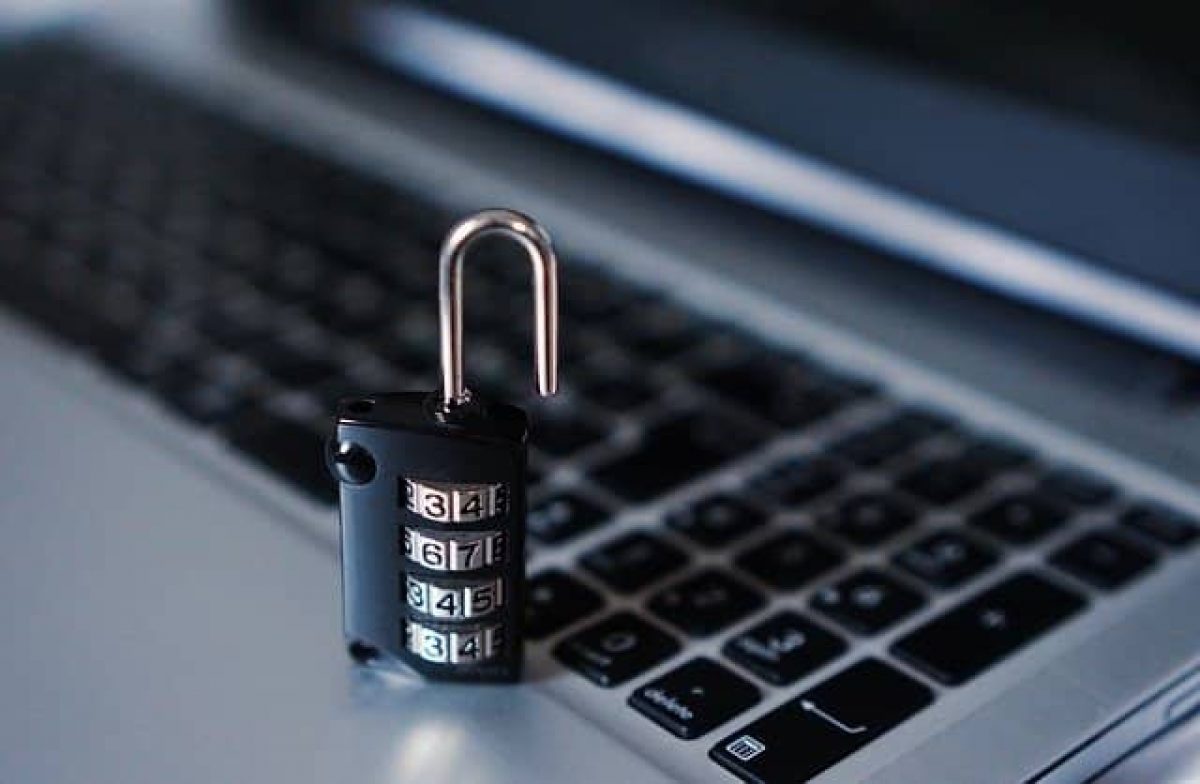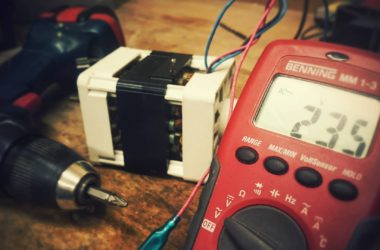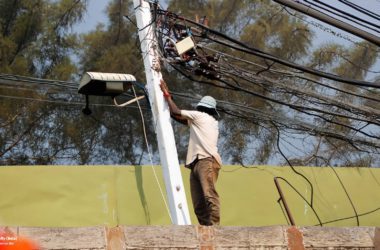Table of Contents Show
Financial Year 2021-22 marked the end of all ongoing infrastructure development and financing schemes of the Ministry of Power. The balance money from previous schemes is now subsumed under Revamped Distribution Sector Scheme or RDSS in short. The Smart Metering National Program (SMNP) falls under the ambit of RDSS.
What is RDSS?
RDSS is a new scheme introduced by Ministry of Power. It gives DISCOMs the opportunity to fund pre-paid smart metering and associated distribution infrastructure. Central government shall pitch in about 15 % to 22.5 % of the meter cost. DISCOMs can avail the balance through counterpart funding from PFC / REC / Bank / FIs or through bilateral / multilateral agencies with the Centre’s help.
Funding is subject to the achievement of the objectives laid out in a ‘Results Evaluation Framework’. The framework uses various parameters to measure the DISCOM’s performance. Good performing DISCOMs would be eligible to avail the benefit of cheaper funding. Central government’s commitment (Gross Budgetary Support) is close to INR. 1 lakh crore with total scheme outlay of INR. 3 lakh crores.
Let me give you some perspective on the scale of this project. The total direct taxes collected in India over the past fiscal year was INR. 14 lakh crore. RDSS outlay is more than 20% of that number. More perspective? Mukesh Ambani’s current net worth is about INR. 7 lakh crores. RDSS is worth almost half of that. With stakes this high, it is in the interest of the nation and the general public at large that there be no gaping holes in the implementation of this important scheme.
On a tough & ambitious path, hurdles are inevitable. It is the ability to predict and plan for hurdles which decides success or failure
Misaligned objectives?
Even before RDSS was notified, there was reluctance towards smart meters. While DISCOMs don’t see financial benefit in smart metering, vendors have their own concerns. Many of these concerns relate to perennial payment delays and rampant corruption in government departments. State governments too are cautious due to rising complaints from consumers with existing smart meters. These consumers were beneficiaries under previous pilot projects. Situations escalated to a point that UP power minister had to put the smart metering project on hold following complaints from consumers.
Now, before you get me wrong, I am not making a case against smart meters. It is a wonderful piece of technology – no doubt about that. The point here is that governments need to be advised appropriately on planning and implementation.

In its current avatar, the framework of RDSS is definitely an improvement over preceding schemes. However, there seem to be some gaping holes in the plan. Sadly, some of these issues are repeatedly observed in every scheme.
I have listed below 10 key points which DISCOMs, state governments, implementing agencies and consultants can consider. Hopefully, it will help in making their smart metering plans smarter.
1. Set realistic expectations from smart metering
The Smart Metering National Program under RDSS aims to install 25 crore pre-paid smart meters by 31st March 2026. That target date less than 4 years from now. Currently, we are hovering below 50 lakh smart meters. That too under all schemes and pilot projects put together since 2013.
Source – Smart metering status on National Smart Grid Mission website (As on 29th April 2022)
Hence, it will be interesting to see how the target of 25 crore in 4 years got derived. Also, is there is any scope for rationalisation of the target? At the current run-rate and given the multitude of hiccups and potential pitfalls, this lofty target certainly looks unattainable.
More worrisome than this is the fact that the overarching goal of the scheme is to reduce pan-India AT&C loss to 12 – 15% range. It also aims to reduce ACS – ARR gap (cost minus selling price of power distributed) to zero by 2024-25. These two goals form a part of the 26 – parameter result matrix. The width of these parameters makes it unrealistic to monitor at the apex level. As this article also suggests, this is a common problem with our schemes. For instance, UDAY scheme of 2015 also had 26 performance parameters. UDAY scheme aimed for reduction to 15% AT&C loss at pan-India level and zero ACS-ARR gap by 2018-19. We are still hovering around 20 % AT&C level and we began at 22 % in 2015.
Can smart metering reduce commercial losses?
World over, countries did not adopt smart meters to reduce commercial losses. They adopted smart meters to leverage technology for making smart decisions. But when it comes to accuracy and tamper evident features – Smart meters are almost as smart (or as dumb) as earlier static meters. Infact, commercial losses depend more on the culture of honesty and good governance and far less affected by the type of meters. For instance, Thailand operates at a loss level of around 10%. It has largely electro-mechanical meters installed all over the country.
Stringent targets
Moreover, the tendency of keeping stringent targets without proper planning and capacity addition is counter-productive. For instance, the emphasis in the recent rural electrification schemes was to dole out connections at mass scale. Target was to complete 100% household electrification as soon as possible. The workload on backend activities like data entry, supervision, quality checks, etc. increased multifold without any capacity or capability addition. Thus, there were many instances where DISCOMs connected consumers to the grid, but failed to enter their data in the billing system in a timely manner. As a result, many consumers got their first bill after about a year later from their connection date. Most consumers got their bill for the consumption of the entire year in a single month. This resulted in non-payment and hence increase in commercial losses.
Hence, it is quite evident that the targets specified in RDSS are neither ‘Attainable’ nor ‘Realistic’. These are two important characteristics of SMART goals. The key is to get our expectations right and set goals accordingly.
2. Address data security concerns on smart metering
The rest of the world is gradually discovering the threat of cyber security breaches over smart grid and smart metering networks. For instance, a recent demonstration by a US cybersecurity specialist exposes the vulnerability of smart meters. Experts from countries in Europe are also voicing similar concerns. Many are advocating strengthening of existing cybersecurity practices to counter the threat of cyber attacks.
Recent issues abroad
Recently, customers of British Gas reported a glitch in smart meters which prevented them from viewing their consumption. Some customers even complained of exorbitant bills due to the glitch. Weeks ago, a cybersecurity firm FireEye’s demonstrated how to infiltrate the network of a North American utility.
These are real issues which cloud the future of smart meters. DISCOMs must address these issues before mass rollout.
We just can’t afford to close our eyes and pretend that problems don’t exist.
Recent issues in India
Infact, there is evidence to suggest that hackers are already exploiting the vulnerabilities of the newly minted smart metering systems in India. This includes smart meters as well as the protocols defined by the implementing agencies. Hackers can potentially exploit these vulnerabilities and cause large-scale impact. It is difficult to even identify and mitigate these cyber-risks. Take for instance a grid failure such as the the one in Bombay in 2020. The authorities have not been able to identify the root cause of failure in such instances. Leave alone fixing the cause.

It is important for DISCOMs to understand that cyber attacks can happen over something as ordinary and mundane as an email attachment. Therefore, simply piling on security measures on smart meter contracts won’t work. Cybersecurity protocols must be deployed at the DISCOM level in entirety. Therefore, DISCOMs need to apply serious thought and action before mass roll-out.
3. Conduct serious training on smart metering
RDSS has a separate component of INR 200 Cr. for training, capacity development, rewards and recognition. However, DISCOMs need to plan the modalities of these training courses. DISCOMs must identify who would be the beneficiaries of training in the first place. It would be helpful to nominate a cross-functional group of employees. This group would be involved deeply in the smart metering project in future. The last thing taxpayers need is Senior DISCOM officers hopping on a flight for a paid vacation to some exotic destination in the name of training.
It is also important to share learning from previous pre-paid metering attempts and smart metering pilot projects. This will make DISCOMs aware of previously unforeseen issues and in turn will help them to plan better.
Most successful full-scale implementations are ones which incorporate learning from past failures of pilot projects.
Previous prepaid meter attempts in Manipur for example can help to train people on what went wrong and what might go wrong. It will prompt DISCOMs to predict potential issues and troubleshoot better.
4. Facilitate the use and analysis of data
With all recent reform schemes, a major issue observed is the tendency of buying the latest gear in the market and less focus on actually using that piece of gear to improve services or efficiency. Take for instance the large-scale feeder and transformer metering programs undertaken in the past few years. 11 kV rural feeders were metered under a program monitored by RECTPCL. Similarly, distribution transformers were metered under IPDS or R-APDRP. The outcome of these metering programs was to facilitate DISCOMs in energy accounting. Yet, out of the 60-odd UT and state-owned DISCOMs in the country, only a handful (maybe 5 or 6) are practicing regular energy accounting. This is despite the fact that power ministry has mandated energy accounting since October 2021.
As Rahul Tongia brilliantly puts forward in his opinion piece in HT –
Before asking for smart meters, planners should answer if utilities are harnessing the data they already have.
Rahul Tongia, Fellow, Brookings India and founding advisor of India Smart Grid Forum
Further, DISCOMs need to plan for integrating advanced data analytics in their systems to leverage the enormous amount of data that smart meters will capture. The resulting analysis should form the basis for informed decision-making. The entire smart metering program would be meaningless without analysis and fact-based action
5. Strengthen smart metering contracts
In most schemes nowadays, a model Standard Bidding Document (SBD) is provided as a guideline for DISCOMs to use as a template. DISCOMs are free to modify the SBD based on local factors and key considerations specific to their operation area. DISCOMs can leverage the prescribed SBDs to include checks and balances which would strengthen the contract management process. For instance, DISCOMs may ask for additional compliances, qualification requirements, reporting requirements, etc. to manage the contract better.
In this context, DISCOMs need to define the role of each entity clearly. For instance, the role of system integrator in the current process is ambiguous and hence may not be agreeable to them. Even the process of payment release, grievance redressal, vendor appraisal and feedback must be clearly laid out before full-scale implementation. This will encourage the implementation partners to participate and perform better.
6. Facilitate the transition from post-paid to pre-paid smart meters
Traditionally, electricity consumers in India are used to paying the bills in a post-paid manner – after the energy has already been consumed. Now, the government wants them to change their mindset to pay in advance – upfront. Prepaid mentality requires a sea-change not only in the paying habits of consumers, but also in terms of process changes in DISCOMs.
DISCOMs need to provide clarity to consumers regarding these process changes – right from replacement of the post-paid meter to prepaid to modalities of regular recharges, etc. The following key questions are critical –
- Who will bear the meter cost?
- How will consumers get telescopic slab benefits?
- How can consumers recharge their meters?
- What benefit will consumers see as a result of mass smart metering?
- How will the DISCOM ensure that there are no instances of wrong billing?
- How will DISCOMs ensure there are no unnecessary power disruptions due to smart meters?
7. Show the value proposition of smart metering to consumers
One of the biggest drawbacks in installing pre-paid smart meters is that consumers don’t see much merit in getting one. Simply put, consumers want reliable power at affordable rates and service with a smile. It is not at all clear how smart meters will help. Although the ministry has provided an FAQ document to support DISCOMs in answering consumers’ questions. However, it may not be adequate (see point 9 below).
Most consumers ask – “What is in it for me?”. Believe me, no one wants to listen to some futuristic mumbo-jumbo about how smart meters would somehow reduce consumption. and potentially decrease power cuts. For the most part, consumers understand that smart meters are meant to benefit the DISCOMs, not them.
Therefore, DISCOMs need to find better ways to articulate the benefits of smart meters to consumers and show them commensurate results. However, it seems that will be difficult for DISCOM employees to convince consumers to go for prepaid meters. Especially when in some states like UP, the employees themselves are threatening to protest against smart meters at their own premises.
8. Engage existing meter readers
Currently each DISCOM has multiple meter reading or spot billing agencies. A huge number of meter readers are engaged. Their primary work is to record meter readings on hand-held devices. These readings are transferred on the billing system. RDSS would render this entire manpower jobless. Unless DISCOMs can up-skill them to perform other tasks. This aspect is critical since these meter readers have access to a large network of DISCOM’s consumers and is prone to indulge in malpractices in cases of job loss.
In interest of a smoother transition, DISCOMs can engage existing meter readers, involve them in the process and up-skill them by providing them with relevant vocational training. Infact, DISCOMs have the opportunity to leverage employee unions. One way is by showing them the benefit of smart metering and taking them into confidence. Employee unions are powerful and somewhat pacified due to the pushback on privatisation. Taking them into confidence and leveraging their power can do a world of good to the Smart metering project.
9. Break silos – leverage previous initiatives
It is sometimes frustrating that even the apex monitoring agencies seem to suffer from poor institutional memory. Almost every initiative is seen as a stand-alone activity. There is hardly any integration or synergy. Take for instance, the FAQs on RDSS scheme, which answers some potential questions from consumers. However, one finds that most answers simply pass the buck to the DISCOMs. For almost every query, the consumer needs to contact their local DISCOM office. However, this could have been better handled by leveraging 1912 – India’s nation-wide complaint helpline for power. Incidentally the same ministry inaugurated and deployed 1912 just a few years ago. Surprisingly, the FAQs don’t even make a mention of 1912 in the entire document.
The ministry and / or it’s implementing agencies may look at having a dedicated hotline within 1912 for smart meter issues. This will help to make the most of both initiatives, so that it becomes mutually beneficial.
10. Grab the opportunity to become progressive
Smart metering can be a good opportunity for DISCOMs to become truly future-ready. One fool-proof way to do this is by integrating home automation devices. Smart speakers such as Google home and Amazon Alexa are revolutionising how the new generation of Indians interact with appliances. DISCOMs can think of providing voice command facilities apart from the smartphone app. The ability to interact with meters using voice commands could certainly delight consumers.
Example of Voice Commands
Imagine the following voice commands for instance –
“Alexa, what is my power consumption?”
This command tells the consumer the units and amount for current month, current day and highest consumption dates
“Alexa, recharge my meter by 500 rupees”
This command would add INR 500 from a predefined online wallet and inform balance amount to the consumer

These are just two voice command suggestions. There may be as many as the DISCOMs could configure. But you get the idea. This would make the proposition much more worthwhile for consumers. Eventually, it would result in quicker buy-in for the smart metering project.
Conclusion
Smart metering is a large scale, capital intensive project. It has the potential to change the game for DISCOMs as well as the entire power sector. The power ministry, its agencies, DISCOMs and their advisors would want to do a good job of implementing this one.
Successful implementation requires smarter planning.
This is crucial because it is about spending our tax money wisely. If the smart metering project fails, nobody loses -except the nation and her people.
What do you think about this article? Do you agree with these points? Please share this article with other people in the sector if you agree. Would you like to add any point? Please let me know your thoughts in the comments below.







Excellent thoughts, Gaurav. I think the words you used – “culture of honesty and good governance” – is the lynch pin of all interventions – process, people, technology and facilities related – in the electricity distribution sector, including smart post-paid / pre-paid meter implementation. Secondly, I agree that consumer awareness regarding the “what’s-in-it-for-me” aspect of the implementation is vital for the success and replication of the implementation. Last, but not the least, “political will”, whether one is on the ruling or on the opposition side, is also critical in making such programs successful.
Having said that, let us also not be oblivious of two important factors – capacity to pay and willingness to pay – of the consumers plays an important role in recovery of the costs associated with such interventions. In case either of this is not favourable, subsidies come into play and the Government should stand by their commitments with respect to this.
“when it comes to accuracy and tamper evident features – Smart meters are almost as smart (or as dumb) as earlier static meters.”
Not correct. Meter data is communicated on daily basis or more frequently, this has discouraged meter burning incidents, thereby protecting discom’s revenue.
In addition to that ability to disconnect the non-payers and then connect quickly in case of payment have helped utilities to earn timely revenues. EESL’s project in UP is a good example.
Tamper and earthing alarms from smart meters are real. This is an excellent capability provided by smart meters, whether utilities choose to act on these alarms or not that’s a different matter.
Perfectly articulated the issues.
Like to add one point that in the whole scenario the discom employees are also unaware about its benefit. The discom does not know what they will do with the consumer data, what are their obligations after collecting data like keeping it confidential or can use or share for future studies like load forecasting, power procurement planning etc
Thanks for the comments! It was good to interact with everyone on LinkedIn. Thanks a lot for the inputs.